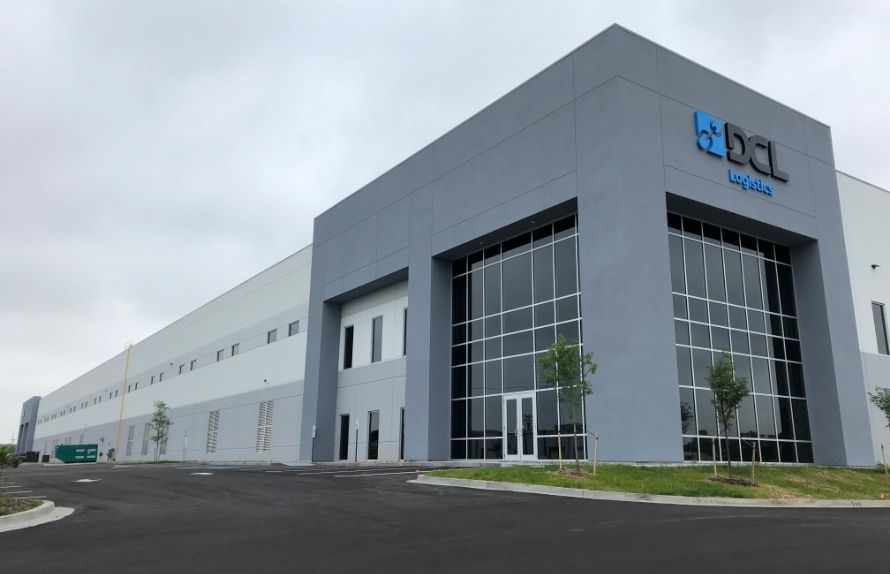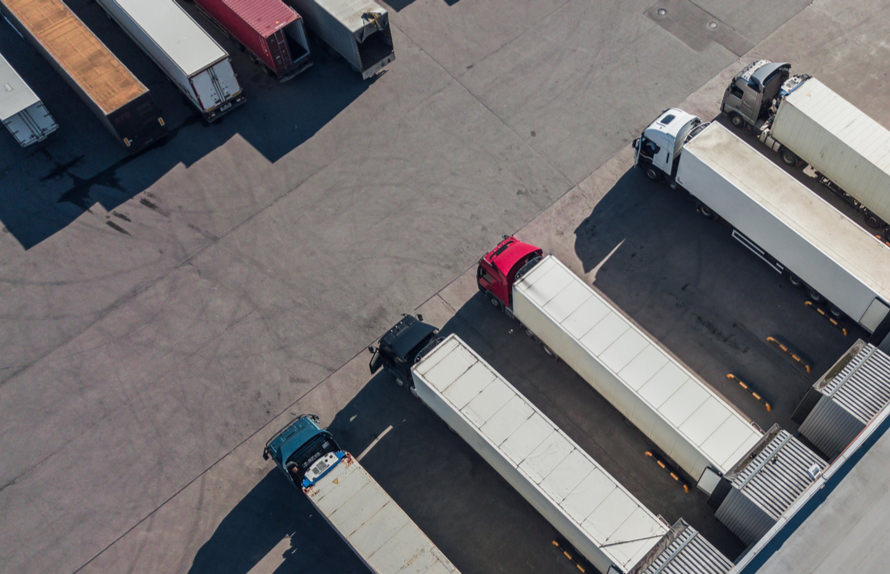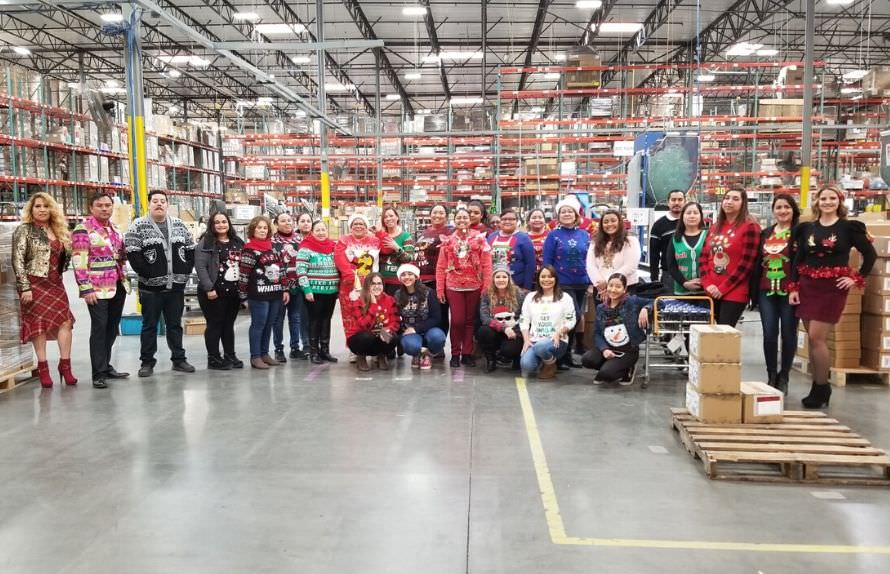
A few years ago, most DTC brands didn’t hand off fulfillment until they were almost big enough to handle it on their own, or they had a five-alarm fire that they needed help putting out. Managing pick-pack in-house was seen as a necessary pain—a rite of passage. But the landscape has shifted. Today, some brands pick up the phone after their first TikTok spike.
Case in point: Jones Road Beauty. After a viral moment on social in 2021, the brand leaned into outsourced fulfillment early, allowing it to scale SKUs, handle erratic demand from influencer-driven traffic, and maintain rapid delivery expectations—all without bloating the ops team. That flexibility helped Jones Road hit $100M in sales within two years.
Examples aside, the numbers show the revenue rebound for domestic 3PLs. According to a report by Armstrong & Associates in June 2025, US 3PL net revenues grew 1.8% to $131.5 billion in 2024 (after a drop in 2023); gross revenues rose 2.8% to $307.9 billion.
So why are more brands outsourcing fulfillment before it breaks? It comes down to four forces shaping the modern commerce stack.
1. Mid‑Size 3PLs Leveled Up
Not long ago, regional 3PLs were seen as glorified pick-pack sheds—basic, inflexible, and slow to report on issues. That’s no longer true.
Today’s mid-sized 3PLs have leveled up in two big ways:
- Cloud-based WMS platforms: Many providers are now powering real-time inventory updates, automated exception handling, and integrations with Shopify, Amazon, and ERP stacks.
- Carrier and zone optimization: These 3PLs pool volume across clients to negotiate nationwide carrier programs, enabling 2-day delivery from multiple nodes even without FBA-scale volume.
What changed in the KPIs? Fill rate, order accuracy, and dock-to-door SLAs are now visible in real-time dashboards—not just in retroactive monthly PDFs. The bar has risen. Today, it’s normal for DTC brands to expect 99.5% order accuracy and 1-day fulfillment SLAs, even at a $5–10M revenue scale.
2. Fixed‑Cost Fear Is Real
Ops leaders have always known warehouse leases are a long-term bet. But in 2025, they feel like a trap.
Between shifting tariffs, global unrest, and sudden cost spikes, demand volatility has outpaced operational planning cycles. One policy tweet from D.C. and your landed cost model flips—turning profitable SKUs into dead stock.
Many warehouse leases signed in 2020 are now up for renewal. But many ecommerce brands are delaying renewal decisions because they’re unsure whether to scale up or down—and don’t want to commit to fixed square footage amid policy whiplash.
Meanwhile, 3PLs are similarly hesitant to expand square footage, even amid record volumes, because their clients are equally non-committal. It’s a gridlock of strategic uncertainty.
Outsourcing turns long-term warehouse costs into short-term services. Instead of being stuck with a lease or equipment investment for 3–5 years, brands can adjust their fulfillment model in as little as 30–90 days.
3. Capital and Focus
VCs no longer just want growth—they want capital efficiency. Balance sheets bloated with forklifts, racking, and lease liabilities are less attractive than asset-light models that keep cash pointed at CAC, product, or brand equity.
What’s changed on the execution side? What used to take six-figure investments and six months of ops build-out now takes a few API calls.
- Create a new SKU? Auto-synced across fulfillment centers.
- Need custom kitting for a collab drop? Flagged as a rule in the WMS.
- Update returns logic? Push a webhook to your partner and update in real time.
Ops that once required a headcount army can now be orchestrated by a single ops lead working with a responsive 3PL and a robust tech stack. That’s a fundamental shift in leverage.
4. Customer‑Experience Edge
Everyone knows that “3–7 business days” is not good enough anymore.
Stats say it clearly, according to CapitalOne Shopping:
- 74% of online shoppers expect delivery within two days
- 63% of consumers choose a different retailer for future purchases if shipping takes longer than two days, indicating repeat-purchase impact
And this is where modern 3PLs offer a hidden edge: zone pooling.
By aggregating volume across hundreds of brands, they negotiate multi-node fulfillment and better last-mile contracts—giving even pre-Series A brands access to national delivery speeds once only available to the Nikes and Targets of the world.
The result? Brands can promise 2-day shipping to 90%+ of US households without building a multi-node network themselves. They can improve their gross margin within a year and see better retention from improved post-purchase experience. The ROI is real.
Bottom Line
Mid-size 3PLs no longer feel like a compromise—they’re an advantage. Between tariff volatility, shifting customer expectations, and the capital discipline of 2025-era ecommerce, outsourced fulfillment is a strategic lever, not a last resort.
Smart ecommerce brand operators see that building brand equity isn’t about investing in forklifts, that capital is much better spent on storytelling, product development, and community building.
Aaron Rubin, founder & CEO of ShipHero, is responsible for planning and executing the overall vision and strategy of the organization. He has a passion for progression and change management, leading ShipHero’s major initiatives with an entrepreneurial spirit and keen business acumen. His passion for ShipHero comes from the culture and his ability to have an impact on the lives of employees, customers, partners, and investors.
Tags: Expert Advice & Tips







